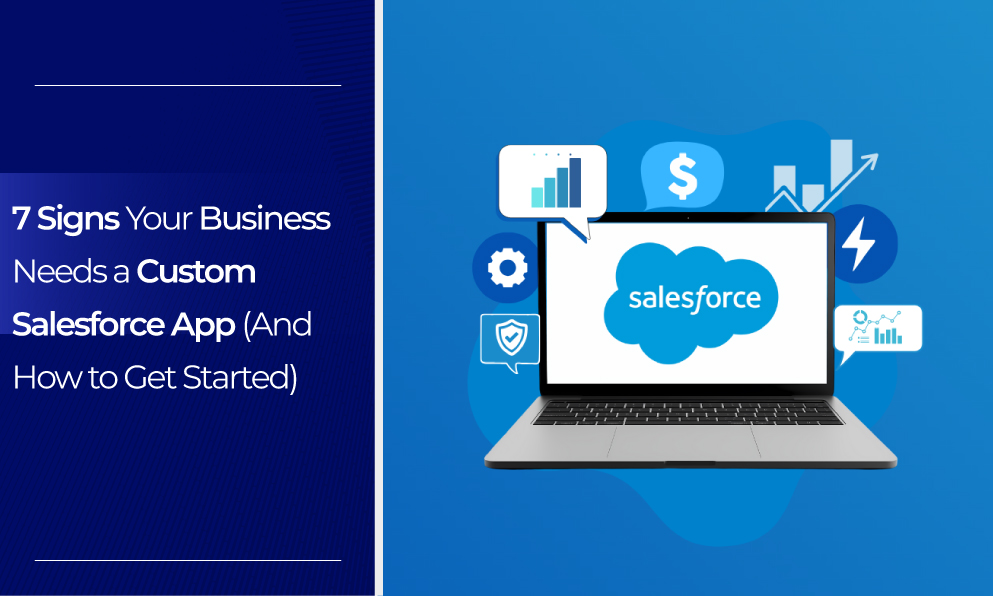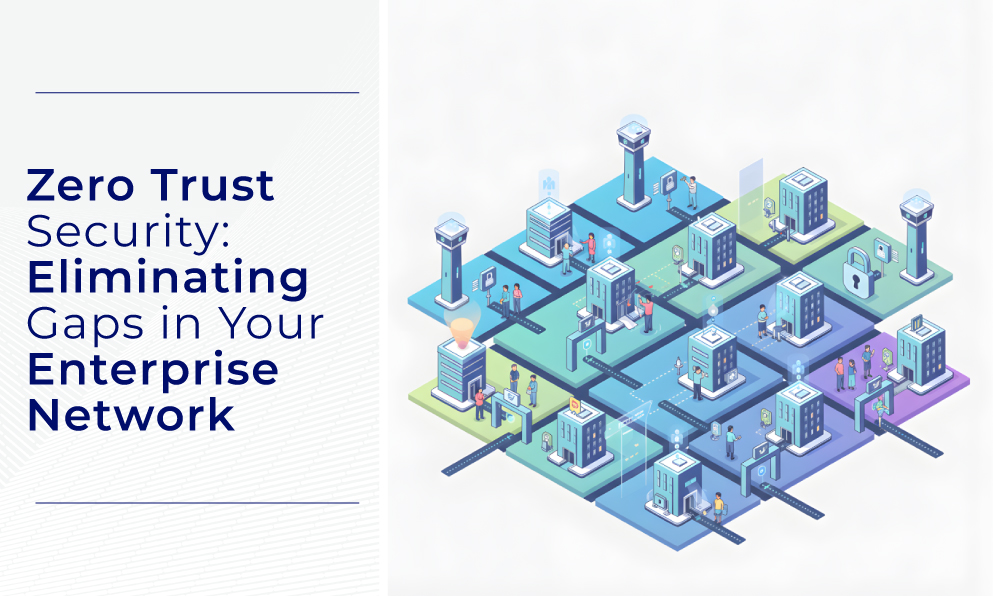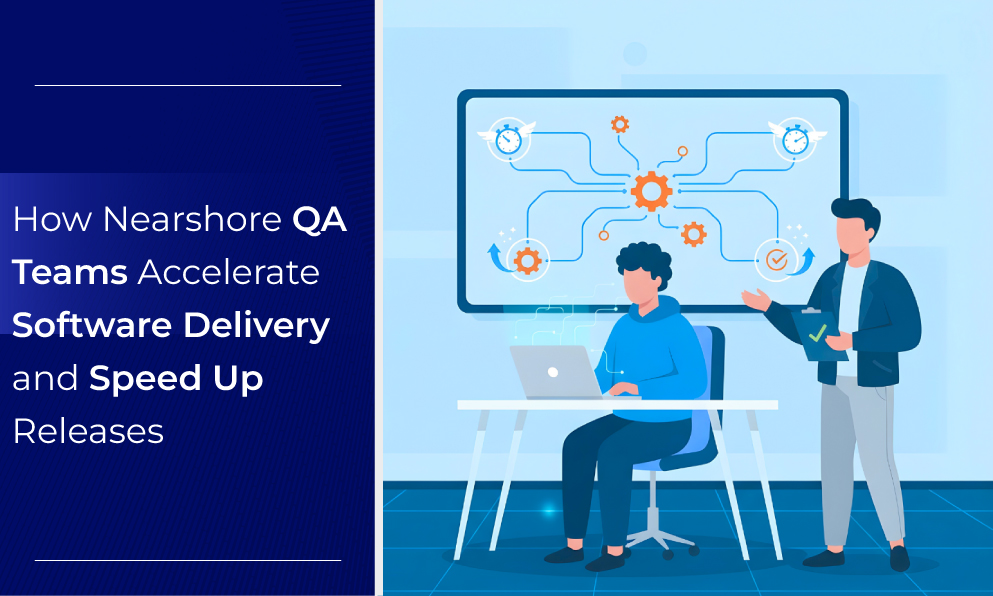Are you looking to take your coding skills to the next level and create a game that’s both fun to play and rewarding to build? You’re in the right place! Full stack game development offers an exciting way to combine creativity with technical skills. It allows you to create immersive, interactive experiences by handling both the front-end (what the player sees) and the back-end (what makes everything work behind the scenes).
But where should you start? Well, we’ve got you covered with 5 simple full-stack game application ideas to help you kickstart your development journey. Whether you’re a beginner or an experienced developer, these ideas will get your creativity flowing and your coding hands busy!
Full Stack Game Development: Why It's the Perfect Choice for Game Builders
Before we dive into the ideas, let’s take a moment to talk about full-stack game development itself and why it’s such a perfect match for aspiring game developers.
Full-stack game development involves building both the front-end (UI/UX) and back-end (server, database, and logic) of your game. This means you get the opportunity to handle the entire lifecycle of the game, from how it looks and feels to how it runs behind the scenes. Full-stack development allows you to build dynamic, interactive games that can scale, be updated, and provide users with rich experiences.
Fun Fact: Did you know that according to a report by Statista, the global gaming market is expected to reach $159.3 billion in 2024? That’s a ton of opportunity for developers like you to create your mark in the gaming industry.
In 2022, the number of mobile gamers alone was projected to hit 3.1 billion worldwide, with 52% of all gamers playing online multiplayer games. As the gaming industry continues to boom, there's a growing demand for developers who can create games that are engaging, smooth, and scalable.
With full-stack game development, you’re not only building games for fun; you’re building games with real-world value. You can make multiplayer games, integrate real-time data, handle user scores, and more—all by using your full-stack development skills.
5 Simple Full Stack Game Application Ideas
1. Interactive Trivia Game
A trivia game is a simple yet engaging idea for full-stack development. Players can answer questions in real time, and the app can keep track of their scores and display leaderboards.
Key Features:
- Frontend: Build an intuitive UI where users can see questions and select answers. Use frameworks like React or Vue.js for a dynamic and responsive experience.
- Backend: The backend can be powered by Node.js with Express to handle user authentication, question management, and score tracking.
- Database: Store questions, user scores, and game history in a NoSQL database like MongoDB or a relational database like PostgreSQL.
This project will help you get hands-on experience with user authentication, database management, and integrating real-time game logic into a smooth interface.
2. Multiplayer Tic-Tac-Toe
Tic-Tac-Toe is a classic game that can be made multiplayer with just a few tweaks. A full-stack version would allow users to play against each other in real-time through a web interface.
Key Features:
- Frontend: Use HTML, CSS, and JavaScript for the user interface, with a JavaScript library like React to manage the game board state.
- Backend: Create a real-time multiplayer experience using WebSockets with Socket.io for managing game moves between players.
- Database: Use a lightweight database to store game data, such as player names and match results.
This is a great project for practicing real-time communication and multiplayer game features while working on both front-end and back-end integration.
3. Memory Matching Game
A memory-matching game is simple but fun. Users will match cards with hidden images, and you can include a time limit to make the game more challenging.
Key Features:
- Frontend: Build the game’s UI using HTML5, CSS3, and JavaScript, utilizing a framework like React to create the interactive grid of cards.
- Backend: The backend could manage user profiles, high scores, and time statistics using Node.js or Python-based frameworks like Flask or Django.
- Database: Store user data and scores using a database like MongoDB or Firebase for real-time data sync.
This project will give you exposure to front-end interactivity, backend data management, and handling session data, all while maintaining a fun and simple game structure.
4. Leaderboard-Based Running Game
A leaderboard-based running game allows users to control a character in a simple running or obstacle course and compete for the highest score.
Key Features:
- Frontend: Create the game interface with HTML5 canvas and CSS for animation. Utilize JavaScript and game libraries like Phaser.js to add dynamics to the running environment.
- Backend: Node.js can handle player profiles, track high scores, and provide APIs for real-time game updates.
- Database: Store player scores and progress in a relational database such as MySQL or PostgreSQL, making sure that data is updated in real-time.
This game idea will give you hands-on experience with game animations, user authentication, and managing high scores in a competitive environment.
5. Virtual Pet Game
A virtual pet game, where users take care of a digital pet, feed it, and play with it, can be both fun and a great way to practice full-stack development. Think of it as a digital version of a Tamagotchi.
Key Features:
- Frontend: Use React or Vue.js to create a responsive and interactive UI for the pet, including buttons for actions like feeding and playing.
- Backend: Handle pet status, health, and growth with a backend built in Node.js or Python, using real-time logic to update pet data based on user interaction.
- Database: Store pet data, user profiles, and interaction history in a database like MongoDB or Firebase.
This is an excellent project for developers looking to explore more complex game mechanics, user interactions, and long-term data storage.
Why Full Stack Development is Perfect for Game Applications
Full-stack game development is ideal for developers who want to combine their skills in both front-end and back-end development. By using technologies like JavaScript, Node.js, and React, developers can build games that are not only interactive but also scalable and maintainable. Full-stack development ensures that you have control over both the user-facing side and the server-side components, which can lead to smoother gameplay experiences and better data management.
For beginners, starting with simple full-stack game applications is an excellent way to hone your skills. It allows you to explore various development practices, from UI/UX design to database management and API integration, all in a fun and engaging context.
BJIT's Expertise in Full Stack Development
At BJIT, we specialize in providing custom software development solutions for businesses across various industries. While we are renowned for our custom solutions in enterprise applications, we also bring our full-stack expertise to game development.
Our team of skilled developers can help bring your game ideas to life, whether you are working on simple games or more complex, interactive multiplayer applications.
Why Choose BJIT for Your Full Stack Game Application?
- Tailored Solutions: Whether you're building a game for entertainment or education, we can provide a tailored solution to meet your exact needs.
- Agile Development Process: We follow an agile methodology, ensuring flexibility and iterative improvements based on your feedback.
- Full Range of Services: From front-end design to back-end integration and post-launch support, we offer end-to-end services to ensure your game's success.
- Experienced Team: Our developers have experience in both game development and full-stack technologies, making us the ideal partner for your game project.
If you're looking for a reliable partner to help you build your next full-stack game application, BJIT is here to turn your ideas into reality. Contact us today to get started on your development journey.
Frequently Asked Questions (FAQ)
Q: What are some simple full-stack game application ideas for beginners?
A: Some simple ideas include interactive trivia games, multiplayer Tic-Tac-Toe, memory matching games, leaderboard-based running games, and virtual pet games. These games are ideal for beginners because they are easy to understand while allowing developers to work with both front-end and back-end technologies.
Q: How does full-stack development work in game applications?
A: Full-stack development for game applications involves both the client-side (front-end) and the server-side (back-end) components. On the front-end, you design the user interface and game mechanics, while on the back-end, you manage user data, scores, and real-time interactions. Technologies like React, Node.js, and MongoDB are commonly used to build full-stack game applications.
Q: Why should I learn full-stack development for game applications?
A: Learning full-stack development for game applications allows you to build complete, functional games from start to finish. It also gives you the flexibility to work on both the user-facing side and the server-side components, providing a well-rounded skill set for modern game development.
Q: Can BJIT help me build a custom full-stack game application?
A: Yes! BJIT has a team of experienced developers who specialize in full-stack development. We can help you bring your game ideas to life, from simple applications to more complex multiplayer games. Our end-to-end services ensure that your project is a success, and we provide ongoing support to ensure your game continues to thrive.
Conclusion
Simple full stack game application ideas are an excellent way to jumpstart your game development journey, offering a fun and practical learning experience. The five ideas we’ve explored strike the perfect balance of creativity and technical challenge, helping you develop essential full-stack skills.
By working on these projects, you’ll gain hands-on experience with both the front-end and back-end aspects of game development, preparing you for more complex projects down the line.
At BJIT, we specialize in simple full stack game application ideas and can help you turn your concepts into fully functional games. Reach out today, and let’s bring your game development vision to life!











